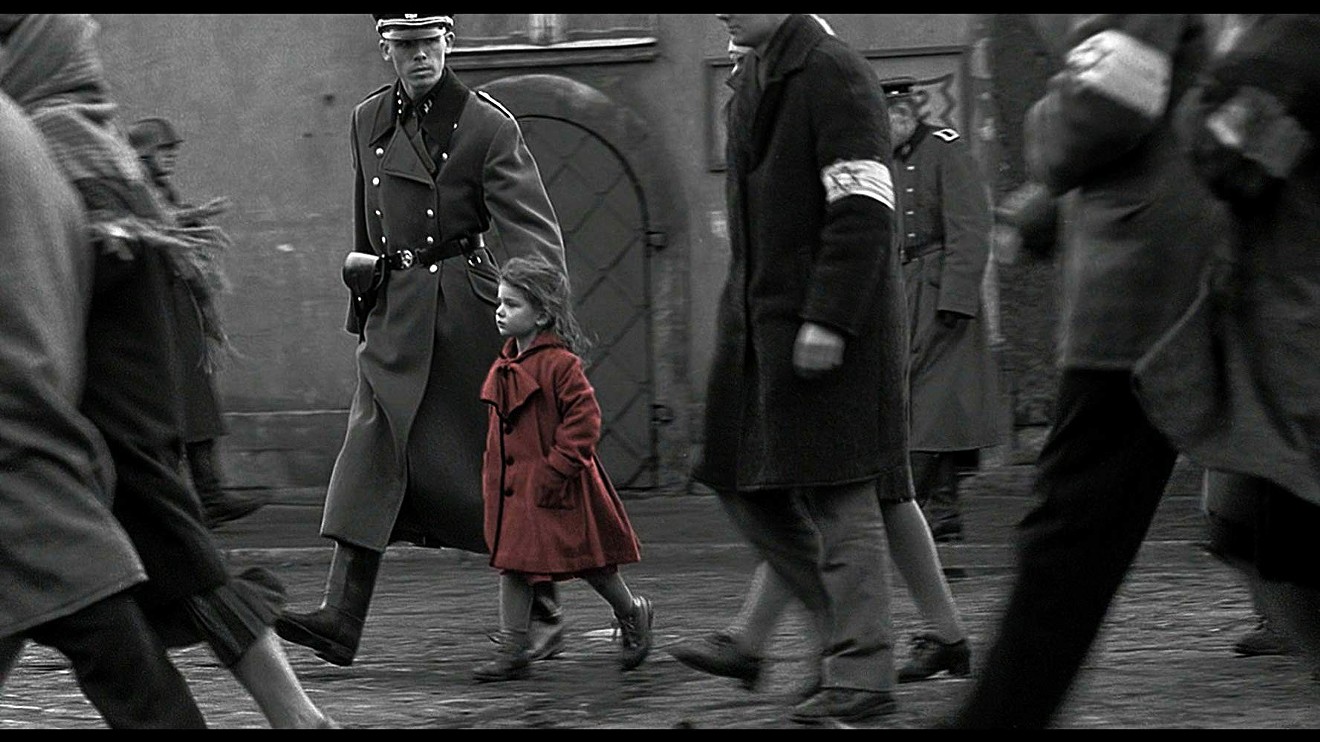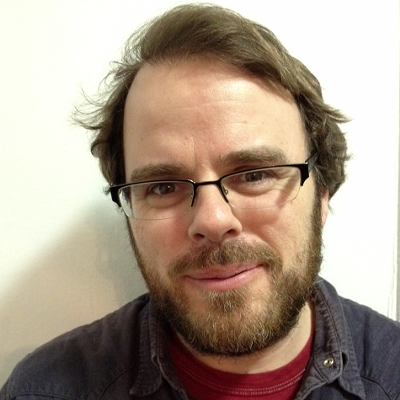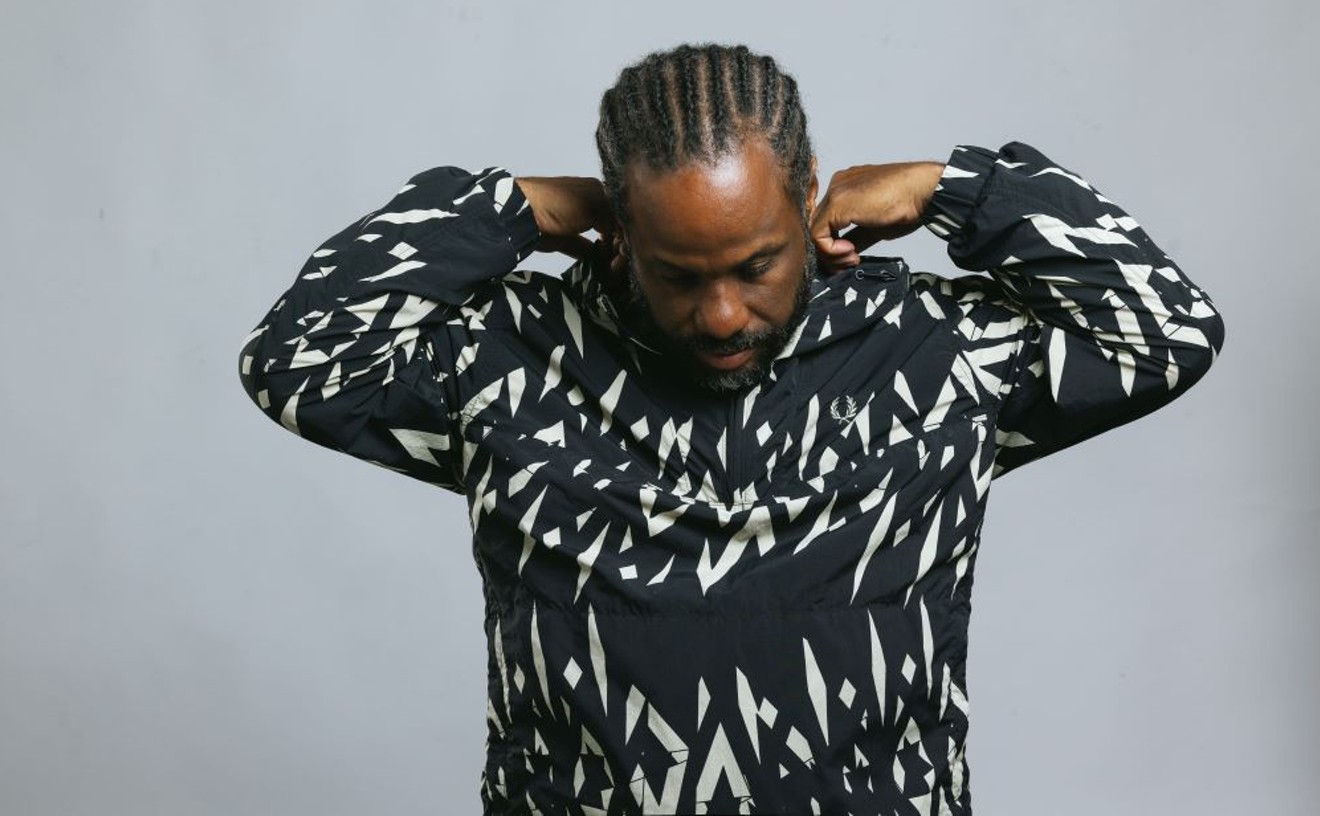My 10th-grade history teacher skipped the Holocaust. As the old man I’ll call Mr. O wrapped up our unit on the Second World War, going over a list of terms to study for the upcoming test, I raised my hand and asked: “Aren’t we going to talk about the millions of Jews killed by Hitler?”
“We can’t get to everything,” he said. “And this is American history.”
This was in rural Kansas in 1991. Jews were, to us, a somewhat abstract concept, not something anyone ever encountered, though my neighbors used jew as a verb to mean “barter” just as they used gyp to mean “rip off.” Neither they nor Mr. O were gripped by what I would later understand as anti-Semitism; Jews, to them, were some distant group of off-brand white people, in Hollyweird or Brooklyn, another other who could be all right — like that Neil Diamond — just so long as they weren’t rubbing that otherness in anyone’s faces.
Even in ’91, in that classroom, I had a sense that there’s no real vanishing point between Mr. O’s ambivalence toward Jews and actual prejudice or hatred. But I didn’t have the wherewithal or understanding then to make the arguments I should have: Of course, the Holocaust is an American story, as our government denied asylum to Jews fleeing the Nazis. Of course, it’s an American story, as so many Americans lived through it or lost family in it or had their consciousness shaped by it. Of course, it’s an American story, because in 1988, decades too late, the United States at last ratified the United Nations’ Convention on the Prevention and Punishment of the Crime of Genocide, pledging to fight the mass extermination of populations around the globe — a pledge this nation has routinely failed to uphold.
Mr. O didn’t hate Jews. He just didn’t think of them as people worth our attention.
That exchange has always colored my experience of Schindler's List, Steven Spielberg’s much-garlanded and much-criticized 1993 Holocaust epic. Seeing it back then, at a mall a 25-minute drive from that high school, I found it two parts wrenching to one part corny. The film was touched by its director’s genius for capturing complex process and chaos onscreen, but it also was mangled by clumsiness and naiveté. (Well, by what a teenager thinks is naiveté.) Surely, the final speeches given by Liam Neeson, playing the German munitions manufacturer Oskar Schindler, should have been cut!
But unlike several brilliant film critics who I was reading at the time, and whose arguments I found stimulating, I never doubted that Spielberg had crafted a work of towering significance. That small-town history teacher of mine, 60ish and deeply incurious, was never going to read Elie Wiesel or Eichmann in Jerusalem. He was never going to watch Claude Lanzmann’s Shoah. But he damn sure saw Schindler’s List because every adult at some point saw Schindler’s List. And after that, for him, the Final Solution — hell, the very humanity of Jews — could never again be abstract. As Steve McQueen later achieved with 12 Years a Slave, Spielberg accomplished nothing less than forcing the world to bear witness to the worst that humanity is capable of. By focusing his camera so often on that terrible process, on the step-by-step logic of systemic brutality and murder, Spielberg constructed the imaginative framework through which the unthinkable — 6 million dead! — becomes concrete.
Like most adults, including Spielberg, I’ve grown both more and less confident about what I believe as I’ve aged. I’ve always been sympathetic to the argument that it was an obscenity of Spielberg to ask his extras to disrobe and huddle together to playact being herded into the showers at Auschwitz. And I’m thankful to him for being guileless enough as a filmmaker to believe he had the moral right to do so — to believe that what mattered above all else was that we each face such terror, even for just moments in a theater. Revisiting Schindler’s List again on the occasion of its 25th anniversary, I’m no longer certain about what fails to work or what should be cut. Today, I’m still awed by the film’s scope and scale, by its relentless energy and attention to detail, by its interest in faces and names and coats and belongings. Then there’s also the way the camera, during the vérité reenactments of the liquidation of the Krakow ghetto or the loading of Jews onto trains, seems to be roving through events too big for it to capture — events too huge and horrific to fake.
This time the corny stuff is less grating than the moments when we can sense Spielberg’s zest for suspense or mayhem. Sometimes the violence seems staged rather than observed; many of the film’s casual executions of Jews by Nazi officers have a whiff of storyboarded movie sadism, of the director trying to top the last execution. (At one point, we see a Nazi gun down three Jews with one shot, a curious inversion of the 1989 scene where Indiana Jones, in his Last Crusade, fires one bullet through three Nazis.) On occasion, Spielberg fruitlessly juxtaposes the life of Neeson’s Schindler against that of Ralph Fiennes’ Nazi officer Amon Göth or the Jews toiling in the Nazi’s labor camp. What are we meant to glean from Spielberg cutting between Schindler and Göth as they shave, or from a glass getting smashed in celebration at a labor camp wedding to Göth beating the Jewish maid for whom he lusts?
Today, the moments I found false in ’93 moved me to tears. One knock against the movie has always been that Spielberg, that sentimental man-child, somehow found the one Holocaust story with a happy ending — and one with a hero who is a Gentile. In the film, as in real life and in the Thomas Keneally novel upon which the script is based, Schindler buys the lives of 1,200 Jews from the Nazis, employing them in his factory and sparing them from the death camps. Near the film’s end, after the Nazis have surrendered to Allied forces, Schindler’s aloof facade at last cracks, and he collapses as he considers how he could have done more. He saved as many lives as he could afford to — but, as he gasps to Ben Kingsley’s Itzhak Stern, he had so often been flashily wasteful with money, squandering cash that now might have meant more survivors.
It’s easy to see Spielberg himself in Schindler, the beloved but un-serious insider suddenly using his accumulated power to do the ultimate good. But today what moves me is Schindler’s outsiderness. Schindler understands what my history teacher didn’t: that the history of oppression and atrocity is everyone’s history. Schindler’s List is monumental because it demands that we imagine the abominable, but it’s great because of its creator’s conviction that to ignore injustice is to sanction it. Perhaps that conviction seemed simple-minded in ’93, when fascism seemed on the ropes. Today, it’s radical.
[
{
"name": "Air - MediumRectangle - Inline Content - Mobile Display Size",
"component": "18855504",
"insertPoint": "2",
"requiredCountToDisplay": "2"
},{
"name": "Editor Picks",
"component": "17105533",
"insertPoint": "4",
"requiredCountToDisplay": "1"
},{
"name": "Inline Links",
"component": "18349797",
"insertPoint": "8th",
"startingPoint": 8,
"requiredCountToDisplay": "7",
"maxInsertions": 25
},{
"name": "Air - MediumRectangle - Combo - Inline Content",
"component": "17105532",
"insertPoint": "8th",
"startingPoint": 8,
"requiredCountToDisplay": "7",
"maxInsertions": 25
},{
"name": "Inline Links",
"component": "18349797",
"insertPoint": "8th",
"startingPoint": 12,
"requiredCountToDisplay": "11",
"maxInsertions": 25
},{
"name": "Air - Leaderboard Tower - Combo - Inline Content",
"component": "17105535",
"insertPoint": "8th",
"startingPoint": 12,
"requiredCountToDisplay": "11",
"maxInsertions": 25
}
]












